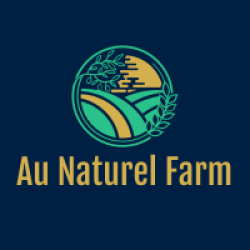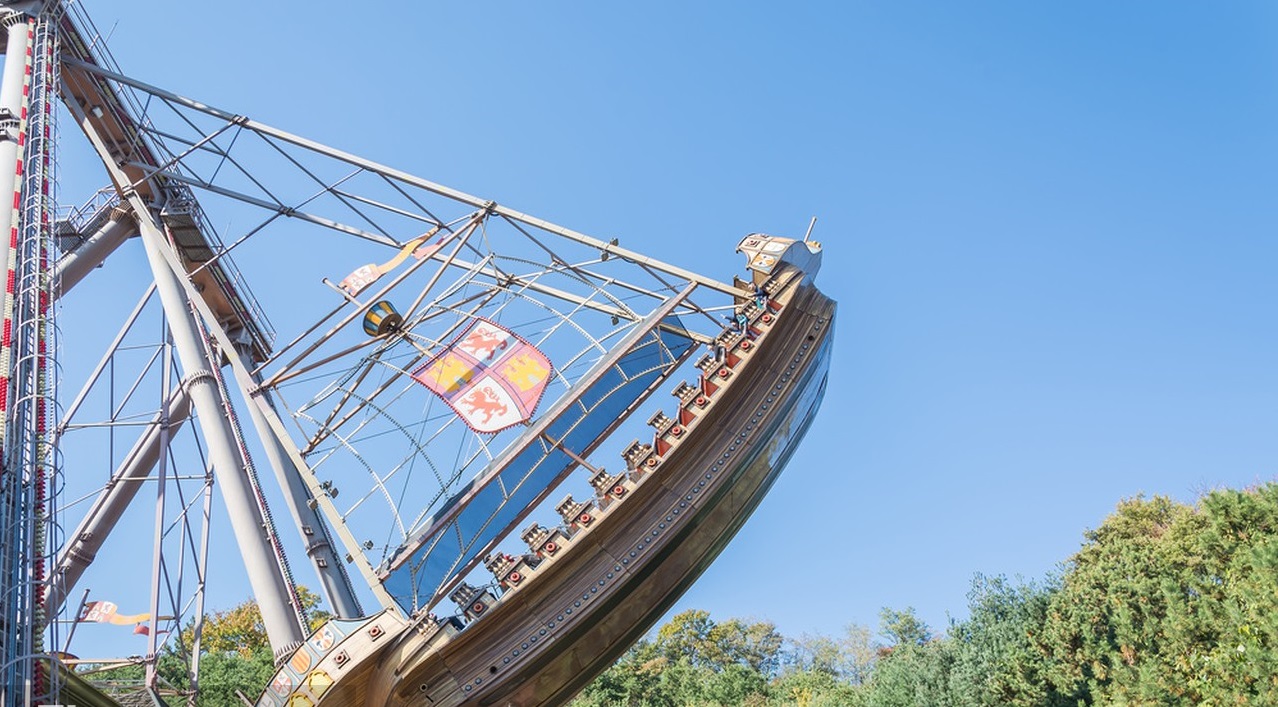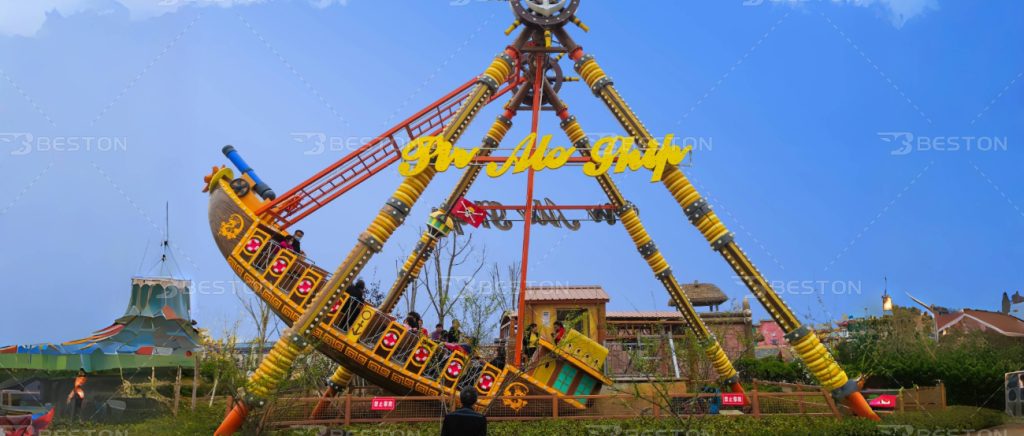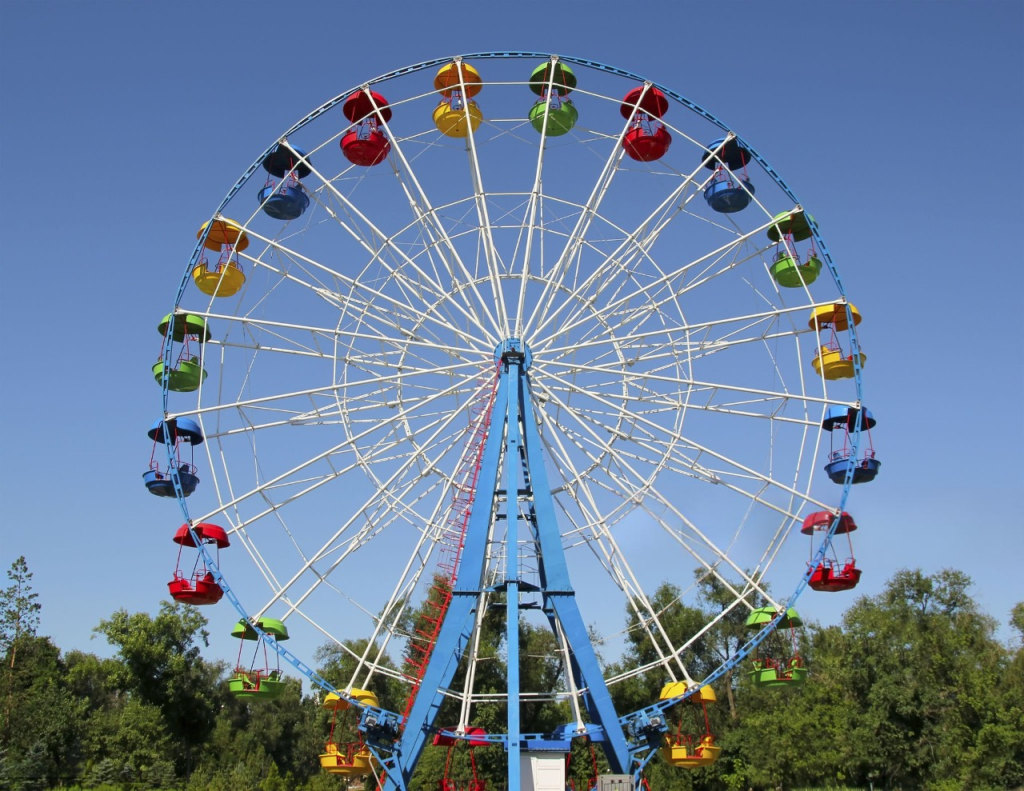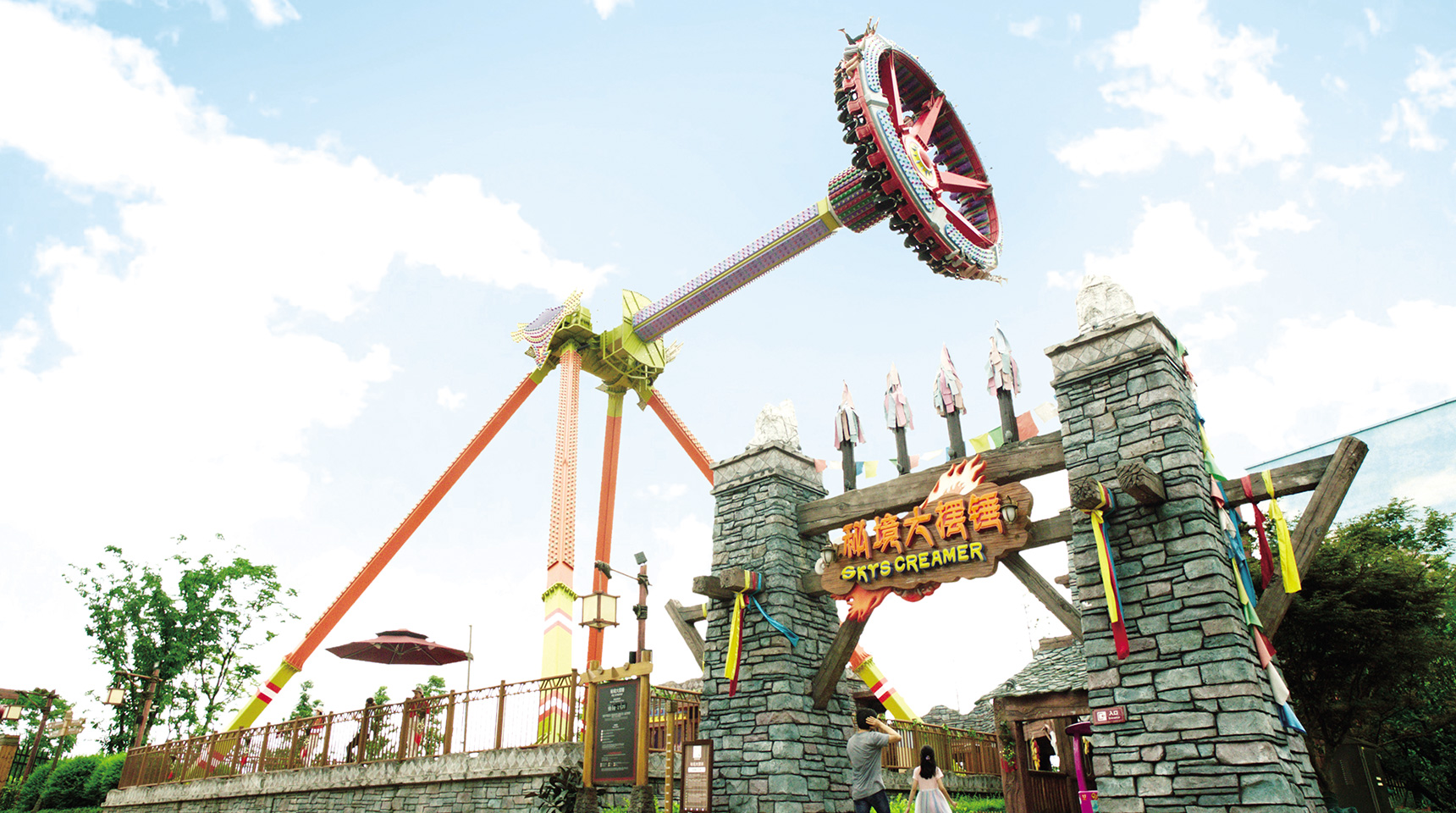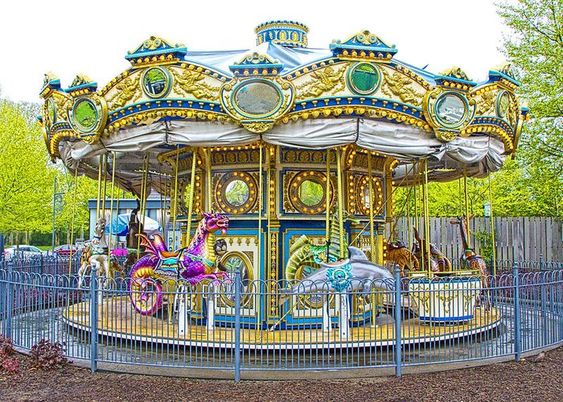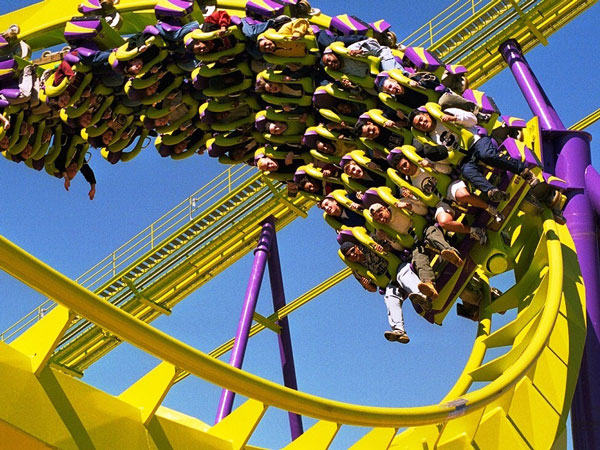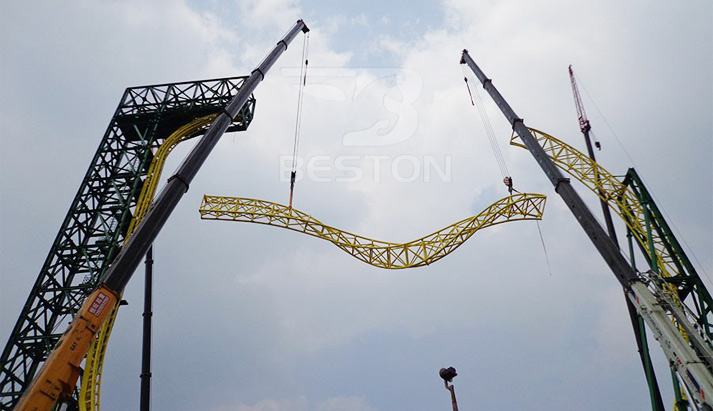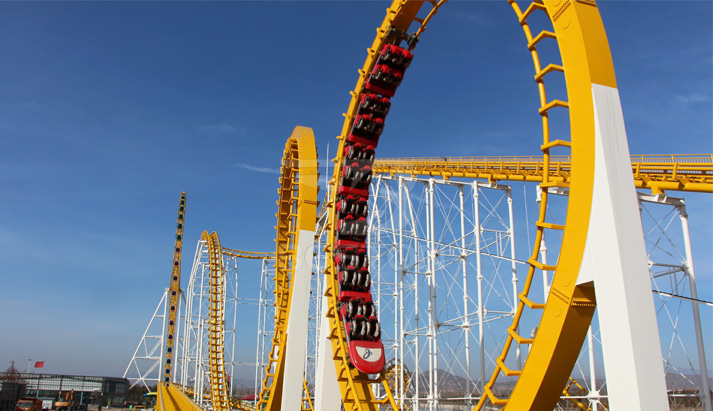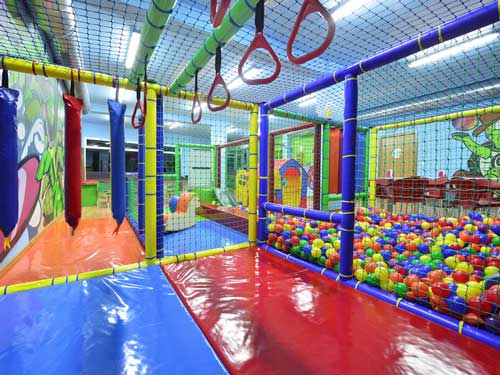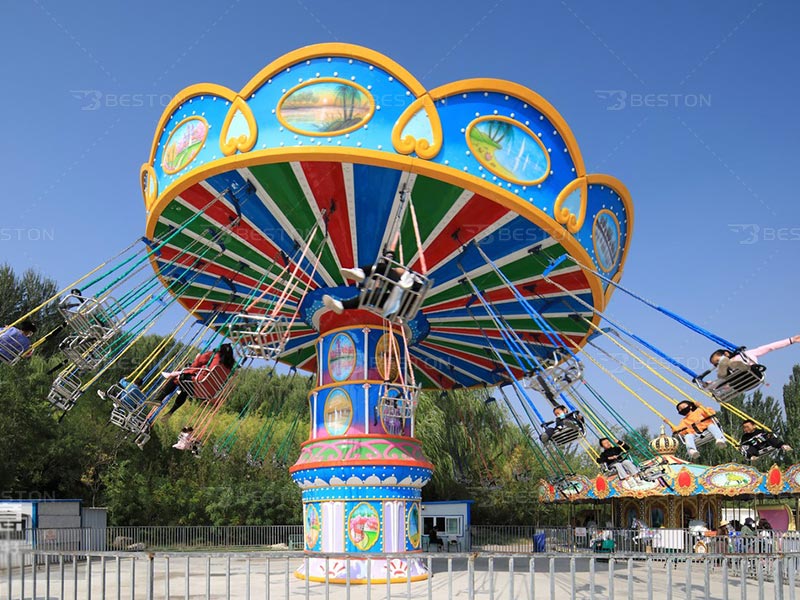Building a sustainable amusement park isn’t about buying the biggest coaster; it’s about choosing the right blend of attractions for your audience and budget. A strategic mix—anchored by crowd-pleasers and supported by reliable family rides—can increase attendance, improve guest satisfaction, and stabilize cash flow season after season.
Why Guest Appeal Should Drive Ride Selection
Rides shape memories. Guests decide where to spend time and money based on the emotional experiences they anticipate. When a park’s lineup matches the expectations of its core visitors, satisfaction rises, word of mouth improves, and repeat visitation follows. If the mix misses the mark, even aggressive discounts won’t compensate for weak appeal.

Catering to Families with Children
For family-focused venues, a kiddie roller coaster (американские горки купить) is often the first “big” ride a child will try. It’s approachable, photogenic, and reassuring for parents who value safety and inclusivity. These compact coasters typically feature gentler speeds and height requirements, yet they deliver high re-ride value because young guests want to experience the fun again and again.
Appealing to Teenagers and Adults
Older guests seek intensity and spectacle. A mid-tier attraction like a pirate ship ride (купить аттракцион корабль) delivers a dramatic swing and weightless moments that feel daring without the cost profile of a mega coaster. It’s a classic crowd magnet for school groups and young adults, keeping lines lively while preserving capital for other improvements.
Budget-Friendly Ride Categories That Maximize Value
Not every winning attraction carries a seven-figure price tag. Smart portfolios include a balance of low-, mid-, and higher-investment rides to broaden reach and smooth demand throughout the day.
Entry-Level Coasters
A kiddie roller coaster (детские американские горки)introduces children to the thrill category and creates a highly shareable moment for families. Even with modest footprints, these rides can anchor a themed zone, support birthday party packages, and generate steady throughput. Their relatively simple maintenance requirements and dependable uptime translate into predictable revenue.
Mid-Tier Thrill Options
The pirate ship ride is a proven mid-tier staple. It occupies less land than large looping coasters, requires moderate staffing, and offers cinematic motion that guests can see from across the park—a built-in marketing asset. For operators constrained by space or capex, this swing delivers disproportionate impact on guest excitement.
Complementary Crowd Balancers
Classic attractions—carousels, bumper cars, family drop towers—aren’t always headline-makers, but they are operational workhorses. They distribute crowds, shorten wait times at marquee rides (виды аттракционов), and keep families engaged between larger experiences, improving overall satisfaction scores.
The Financial Side of Attraction Planning
Upfront price tells only part of the story. To judge value accurately, evaluate total cost of ownership, operational efficiency, and long-term earning power.
Initial Purchase vs. Lifespan Value
A bargain can become expensive if guests don’t ride it. Conversely, a moderately priced pirate ship ride or kiddie roller coaster often repays its cost quickly through high re-ride rates and strong photo moments that fuel social sharing. Look beyond sticker price to projected throughput, guest mix, and longevity.
Maintenance and Operational Costs
Factor in inspections, spare parts, staffing, and energy consumption. Reliable models with readily available components reduce downtime and protect seasonal revenue. Well-chosen mid-tier rides can operate for decades with disciplined upkeep, reinforcing brand trust and smoothing cash flow.
Return on Investment (ROI) Modeling
Build a simple model: expected riders per hour × operating hours × average spend uplift (tickets, passes, in-park purchases) minus operating costs. Include seasonality and marketing effects. Evaluate sensitivity: how does ROI change if throughput dips 10% or staffing rises 15%? Use these insights to prioritize rides that perform well under varied conditions.
Guest Demographics and Ride Selection
Audience composition should shape your purchasing roadmap. A local, family-heavy market favors inclusive attractions and approachable thrills; a tourism-driven destination may justify a larger anchor coaster to generate buzz and day-trip demand.
Age Distribution and Access
Track height requirements versus your visitor profile. If a substantial share of guests are under common height thresholds, an additional kiddie roller coaster may produce better utilization than another extreme ride. For teen-heavy parks, a highly visible pirate ship ride can amplify plaza energy and encourage group re-rides.
Seasonal vs. Year-Round Operations
Seasonal parks benefit from quick-install, low-maintenance rides that can be marketed heavily during short windows. Year-round venues can spread depreciation across more operating days, supporting investment in higher-capacity attractions while still relying on family rides to stabilize weekday attendance.
Building a Balanced Attraction Portfolio
No single ride can carry a park’s reputation indefinitely. The strongest lineups blend iconic anchors with reliable supporters to satisfy diverse tastes and budgets.
Anchors and Supporting Roles
Plan for at least one signature draw, then surround it with complementary experiences. The anchor sparks first-time visits; supporting rides—such as the kiddie roller coaster and pirate ship ride—keep guests circulating, increase dwell time, and encourage add-on purchases like photos and snacks.
Incremental, Low-Risk Growth
Instead of a single, high-stakes purchase, consider phased additions. Introduce a mid-tier thrill this year, a family coaster next season, and a thematic refresh the following year. This approach diversifies risk, sustains marketing momentum, and allows you to refine choices with real guest feedback.
Creating Sustainable Success Through Smart Choices
Winning parks don’t merely chase extremes—they curate a lineup that resonates with their audience while respecting capital limits. By prioritizing guest appeal, modeling total cost of ownership, and investing in versatile attractions like a kiddie roller coaster and a pirate ship ride, operators build experiences that guests love and finances can support. The result is a virtuous cycle: satisfied visitors return, revenue stabilizes, and the park earns the flexibility to dream bigger with each season.
